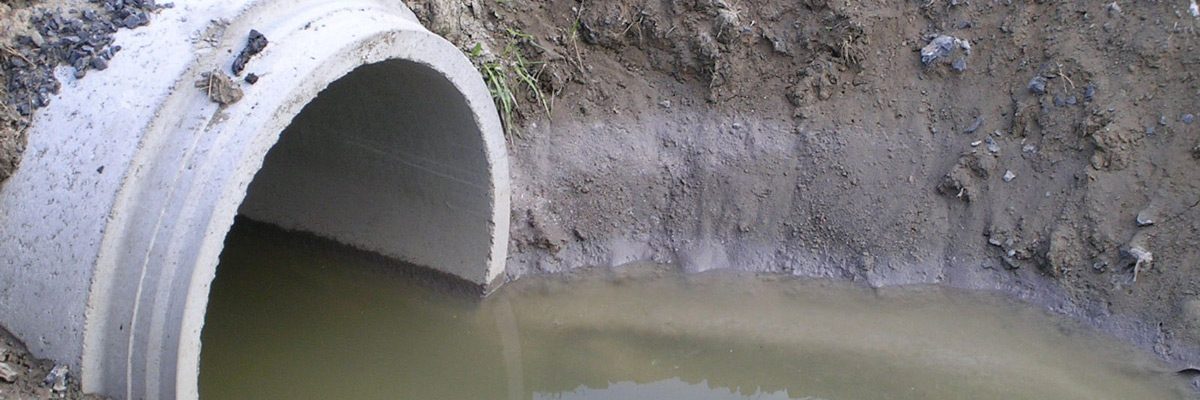What’s up with the Feds for the new green economy?
http://www.energystar.gov/index.cfm?c=products.pr_tax_credits
Federal Tax Credits for Energy Efficiency
Frequently Asked Questions:
How has the new Stimulus bill affected the tax credits for energy efficient home improvements?
What tax credits are available in 2008 for energy efficiency home improvements?
Are installation costs covered by the tax credit?
UPDATED May 14, 2009
Quick link to this page: energystar.gov/taxcredits
Federal Tax Credits for Energy Efficiency includes:
-
Tax Credits for Consumers
- Tax credits are available at 30% of the cost, up to $1,500, in 2009 & 2010 (for existing homes only) for:
- Tax credits are available at 30% of the cost, with no upper limit through 2016 (for existing homes & new construction) for:
- Cars
- Tax Credits for Home Builders
- Tax Deductions for Commercial Buildings
- For More Information
**Please note, not all ENERGY STAR qualified homes and products qualify for a tax credit. These tax credits are available for a number of products at the highest efficiency levels, which typically cost much more than standard products. If, for whatever reason, you decide not to purchase a product covered by the tax credit, you may still consider purchasing an ENERGY STAR product. ENERGY STAR distinguishes energy efficient products which, although they may cost more to purchase than standard models, will pay you back in lower energy bills within a reasonable amount of time, without a tax credit.
Tax Credits for Consumers:
Home Improvements
Tax credits are now available for home improvements:
- must be “placed in service” from January 1, 2009 through December 31, 2010
- must be for taxpayer’s principal residence, EXCEPT for geothermal heat pumps, solar water heaters, solar panels, and small wind energy systems (where second homes and rentals qualify)
- $1,500 is the maximum total amount that can be claimed for all products placed in service in 2009 & 2010 for most home improvements, EXCEPT for geothermal heat pumps, solar water heaters, solar panels, fuel cells, and small wind energy systems which are not subject to this cap, and are in effect through 2016
- must have a Manufacturer Certification Statement3 to qualify
- for record keeping, save your receipts and the Manufacturer Certification Statement3
- improvements made in 2009 will be claimed on your 2009 taxes (filed by April 15, 2010) — use IRS Tax Form 5695 (2009 version) — it will be available late 2009 or early 2010
- If you are building a new home, you can qualify for the tax credit for geothermal heat pumps, photovoltaics, solar water heaters, small wind energy systems and fuel cells, but not the tax credits for windows, doors, insulation, roofs, HVAC, or non-solar water heaters. More.
:}
Or you can go here:
http://www.energy.gov/taxbreaks.htm
Consumer Energy Tax Incentives
What the American Recovery and Reinvestment Act Means to You
The American Recovery and Reinvestment Act of 2009 extended many consumer tax incentives originally introduced in the Energy Policy Act of 2005 (EPACT) and amended in the Emergency Economic Stabilization Act of 2008 (P.L. 110-343). Businesses, utilities, and governments are also eligible for tax credits.
See the summary of the energy tax incentives included in the Emergency Economic Stabilization Act of 2008.
About Tax Credits
A tax credit is generally more valuable than an equivalent tax deduction because a tax credit reduces tax dollar-for-dollar, while a deduction only removes a percentage of the tax that is owed. Consumers can itemize purchases on their federal income tax form, which will lower the total amount of tax they owe the government.
Fuel-efficient vehicles and energy-efficient appliances and products provide many benefits such as better gas mileage –meaning lower gasoline costs, fewer emissions, lower energy bills, increased indoor comfort, and reduced air pollution.
In addition to federal tax incentives, some consumers will also be eligible for utility or state rebates, as well as state tax incentives for energy-efficient homes, vehicles and equipment. Each state’s energy office web site may have more information on specific state tax information.
Below is a summary of many of the tax credits available to consumers. Please see the ENERGY STAR® page on Federal Tax Credits for Energy Efficiency for complete details.
Home Energy Efficiency Improvement Tax Credits
Consumers who purchase and install specific products, such as energy-efficient windows, insulation, doors, roofs, and heating and cooling equipment in existing homes can receive a tax credit for 30% of the cost, up to $1,500, for improvements “placed in service” starting January 1, 2009, through December 31, 2010. See EnergyStar.gov for a complete summary of energy efficiency tax credits available to consumers.
Residential Renewable Energy Tax Credits
Consumers who install solar energy systems (including solar water heating and solar electric systems), small wind systems, geothermal heat pumps, and residential fuel cell and microturbine systems can receive a 30% tax credit for systems placed in service before December 31, 2016; the previous tax credit cap no longer applies.
Automobile Tax Credits
Hybrid Gas-Electric and Alternative Fuel Vehicles
Individuals and businesses who buy or lease a new hybrid gas-electric car or truck are eligible for an income tax credit for vehicles “placed in service” starting January 1, 2006, and purchased on or before December 31, 2010. The amount of the credit depends on the fuel economy, the weight of the vehicle, and whether the tax credit has been or is being phased out. Hybrid vehicles that use less gasoline than the average vehicle of similar weight and that meet an emissions standard qualify for the credit.
This tax credit will be phased out for each manufacturer once that company has sold 60,000 eligible vehicles. At that point, the tax credit for each company’s vehicles will be gradually reduced over the course fifteen months. See the IRS’s Summary of the Credit for Qualified Hybrid Vehicles for information on the status of specific vehicle eligibility.
Alternative-fuel vehicles, diesel vehicles with advanced lean-burn technologies, and fuel-cell vehicles are also eligible for tax credits. See the IRS summary of credits available for Alternative Motor Vehicles.
Plug-In Electric Vehicles
Plug-in electric vehicles also qualify for a tax credit starting January 1, 2010. The credit for passenger vehicles and light trucks ranges from $2,500 to $7,500, depending on batter capacity. The first 200,000 vehicles sold by each manufacturer are eligible for the full tax credit; the credit will then phase out over a year.
Plug-In Hybrid Conversion Kits
Hybrid vehicle owners who purchase a qualified plug-in hybrid conversion kit are eligible for a 10% credit, capped at $4,000, through 2011.
* Sources: ENERGYSTAR.gov and IRS.gov
** The IRS will determine final tax credit amounts. As more information becomes available, it will be posted on our website.
:}
I am getting tired now. So you can go here:
http://www.moneymaestros.com/federal-tax-credits-for-energy-efficiency-now-extended-in-2009/
Federal Tax Credits For Energy Efficiency Now Extended In 2009
Good news for consumers who are energy conscious and using energy efficient appliances. Last October, Federal tax credits for energy efficient home improvements have been extended into 2009.
The recently-signed “Emergency Economic Stabilization Act of 2008? includes an extension of the residential tax credits for energy efficient improvements. The previous tax credits expired at the end of 2007.
It’s important to note that the new tax credits for installing energy efficient improvements are only good for 2009 installations. There are no tax credits for improvements installed during 2008.
The tax credits are available for insulation, replacement windows, water heaters, and certain high efficiency heating and cooling equipment. However, be aware that not all Energy Star rated improvements are eligible for the tax credit. Be sure to check EnergyStar.gov for rules and more details.
Here are some examples of the federal tax credits that are available to homeowners:
– Windows: 10% of cost, up to $200, for qualified ENERGY STAR windows, skylights and storm windows
– Doors (exterior): 10% of cost, up to $500, for qualifying doors (most ENERGY STAR doors will qualify)
– Roofs (metal): 10% of cost, up to $500, for qualifying ENERGY STAR metal roofs
– Insulation: 10% of cost, up to $500, for qualifying insulation (not vapor retarders or siding)
– Air Conditioning (split or package systems): $300 for qualifying systems, not all ENERGY STAR systems qualify
– Water Heaters (tankless only): $300 for qualifying systems
– Cars: Credits are available for certain cars, and is limited by 60,000 per manufacturer before a phase-out period begins
– Solar Water Heating: 30% of cost, up to $2,000, not available for water heaters used for pools or spas
– Solar Power (Photovoltaic): 30% of cost, up to $2,000, must provide electricity for the home
– Fuel Cells: 30% of cost, up to $1,000 per kW of power that can be produced
:}
Tomorrow – Paint your roof white





